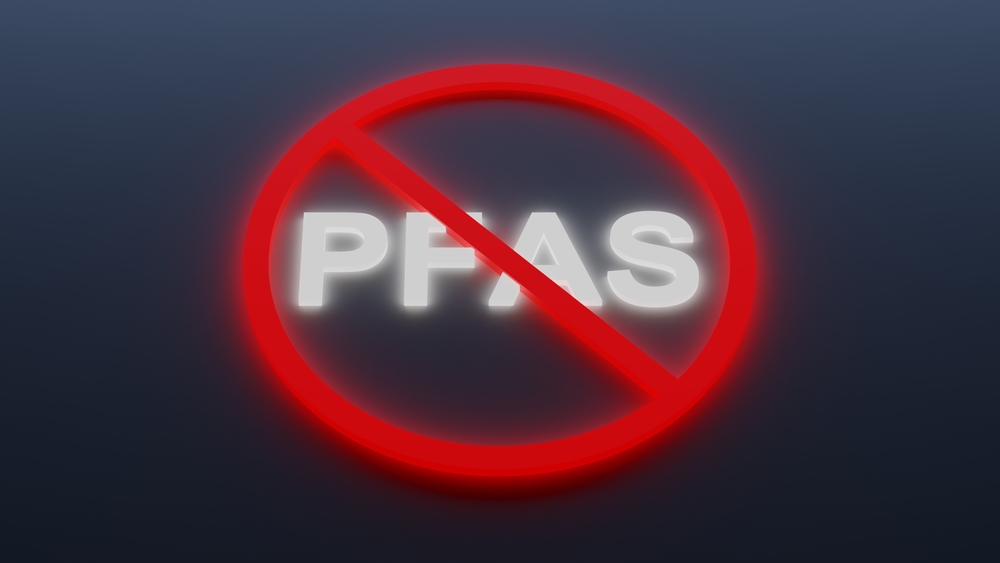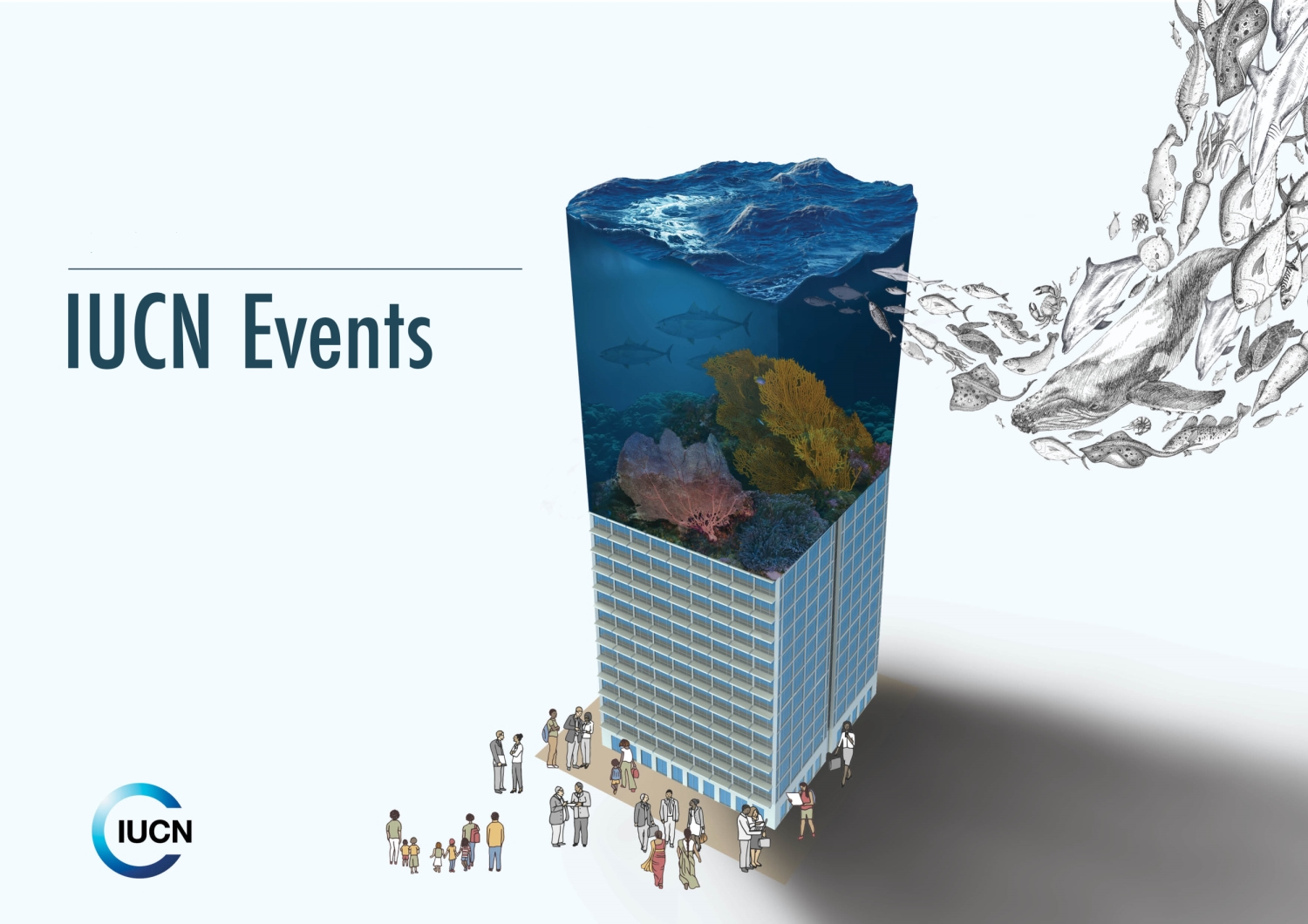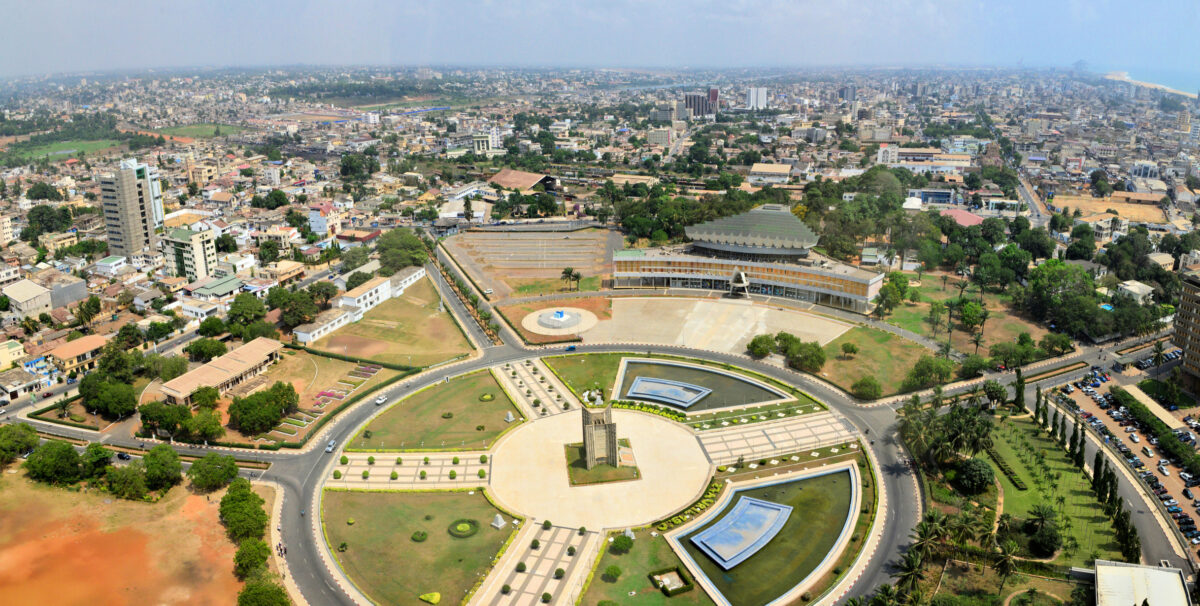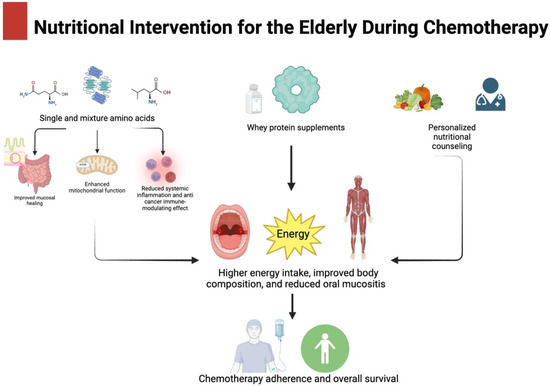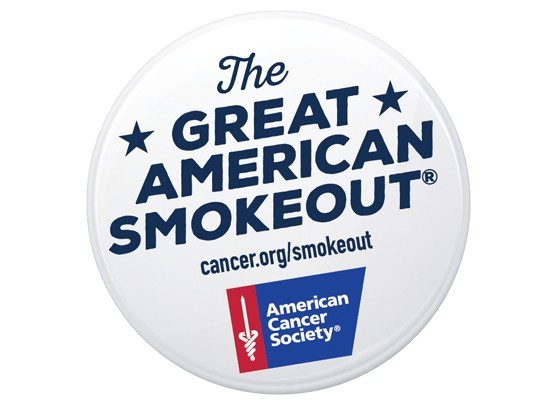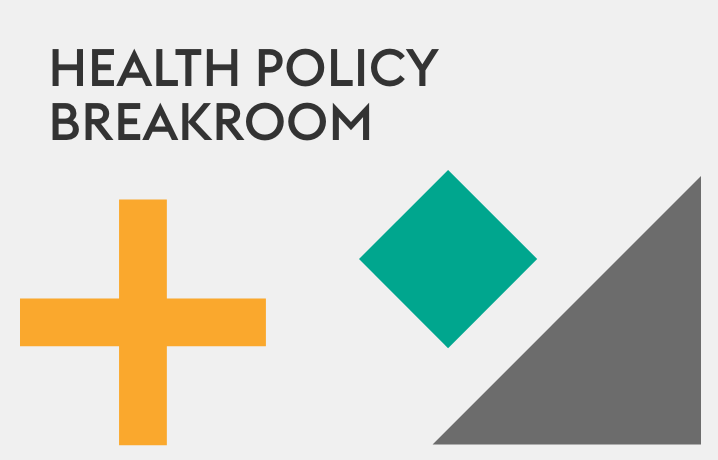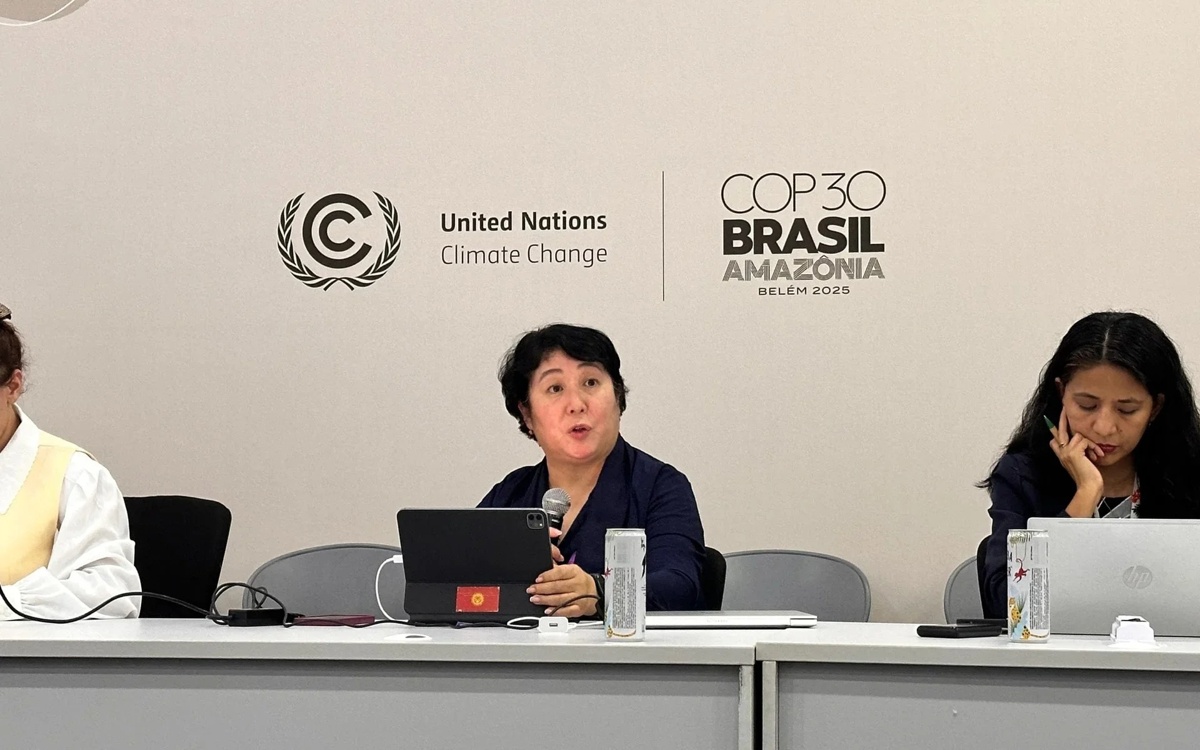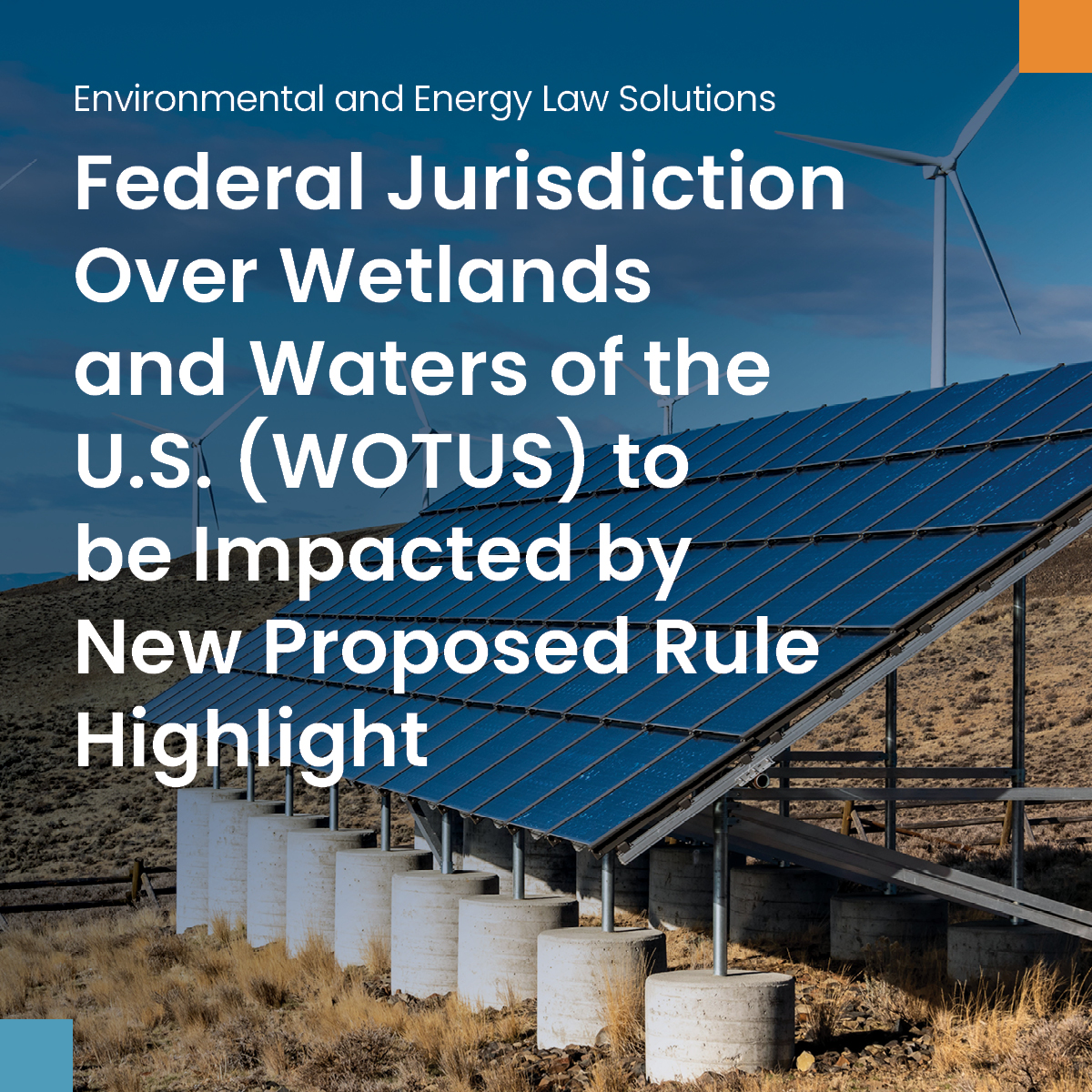Wastewater plant in The Dalles finds unhealthy levels of E. coli in outflow to Columbia – KPTV

Wastewater Discharge Incident Report: The Dalles, Oregon
This report details a recent environmental and public health incident in The Dalles, Oregon, involving the discharge of improperly treated sewage into the Columbia River. The event highlights significant challenges and necessary actions related to several United Nations Sustainable Development Goals (SDGs).
1.0 Incident Summary
- Location: The Dalles, Oregon
- Water Body Affected: Columbia River
- Issue: Discharge of wastewater with E. coli levels exceeding permitted limits from the city’s Wastewater Treatment Plant.
- Discovery Date: Friday, confirmed by subsequent testing.
- Public Advisory Issued: Sunday.
2.0 Impact on Sustainable Development Goals (SDGs)
The incident represents a significant setback for local and regional progress on key SDGs, primarily concerning public health, water quality, and environmental stewardship.
2.1 SDG 6: Clean Water and Sanitation
The core of the incident is a failure to meet the objectives of SDG 6. Specifically, it demonstrates a lapse in:
- Target 6.3: Improving water quality by reducing pollution and halving the proportion of untreated wastewater. The discharge of sewage with high E. coli content directly contravenes this target.
- Target 6.2: Achieving access to adequate and equitable sanitation for all. While infrastructure exists, its operational failure compromises the goal of “safely managed” sanitation.
2.2 SDG 3: Good Health and Well-being
Public health is directly threatened by the contamination, undermining SDG 3:
- Target 3.9: Substantially reducing the number of illnesses from water pollution and contamination. The presence of E. coli, a harmful pathogen, creates a direct risk of water-borne diseases for individuals engaging in recreational activities.
2.3 SDG 14: Life Below Water
The discharge has adverse effects on the aquatic environment, impacting SDG 14:
- Target 14.1: Preventing and significantly reducing marine pollution of all kinds, particularly from land-based activities. The release of untreated sewage pollutes the river ecosystem, harming aquatic life and habitats.
2.4 SDG 11: Sustainable Cities and Communities
Effective waste management is critical for sustainable urban environments (SDG 11). This event highlights a vulnerability in the city’s infrastructure, affecting:
- Target 11.6: Reducing the adverse per capita environmental impact of cities, including through municipal waste management. The failure of the treatment plant points to a need for improved resilience and operational oversight in essential city services.
3.0 Official Response and Mitigation Measures
In response to the confirmed contamination, city officials have initiated several actions:
- Public Health Advisory: A formal request was issued for the public to avoid contact with the Columbia River between The Dalles Riverfront Park and the West Mayer State Park boat launch.
- Public Notification: Warning signs are being installed in the affected areas to inform the public of the health risk.
- Remediation Efforts: The plant’s ultraviolet (UV) disinfection system has been increased to maximum capacity to neutralize the E. coli and bring the discharge back within permitted limits.
- Investigation: An official investigation is underway to determine the root cause of the elevated E. coli levels and the operational failure at the treatment plant.
Continuous updates on the situation are being provided on the official City of The Dalles website.
1. Which SDGs are addressed or connected to the issues highlighted in the article?
The article discusses issues related to several Sustainable Development Goals (SDGs) due to the discharge of improperly treated sewage into the Columbia River. The primary SDGs identified are:
- SDG 6: Clean Water and Sanitation – This is the most direct SDG, as the core issue is the failure of a wastewater treatment plant, leading to water pollution.
- SDG 3: Good Health and Well-being – The presence of harmful E. coli bacteria in the river poses a direct threat to human health, prompting officials to warn people to stay out of the water.
- SDG 14: Life Below Water – The pollution affects a major river ecosystem, which is a land-based source of pollution for larger marine environments.
2. What specific targets under those SDGs can be identified based on the article’s content?
Based on the specific problems and actions described in the article, the following targets are relevant:
SDG 6: Clean Water and Sanitation
- Target 6.3: By 2030, improve water quality by reducing pollution, eliminating dumping and minimizing release of hazardous chemicals and materials, halving the proportion of untreated wastewater and substantially increasing recycling and safe reuse globally.
- Explanation: The article directly addresses this target by describing a “wastewater plant discharg[ing] improperly treated sewage into the river.” The discovery of E. coli levels “higher than allowed” signifies a failure in water treatment and a direct increase in water pollution. The city’s efforts to “restore the biological balance so that the plant can quickly return to normal operations” are actions aimed at achieving this target.
SDG 3: Good Health and Well-being
- Target 3.9: By 2030, substantially reduce the number of deaths and illnesses from hazardous chemicals and air, water and soil pollution and contamination.
- Explanation: The article highlights the health risks associated with water pollution. The sewage contained “harmful bacteria found in human waste” (E. coli), which can cause illness. The official warning asking people to “stay out of the Columbia River” is a preventative measure directly aimed at avoiding illnesses resulting from contact with contaminated water, which aligns with the goal of this target.
SDG 14: Life Below Water
- Target 14.1: By 2030, prevent and significantly reduce marine pollution of all kinds, in particular from land-based activities, including marine debris and nutrient pollution.
- Explanation: The wastewater treatment plant is a land-based facility, and its discharge of polluted water into the Columbia River is a clear example of “land-based activities” causing water pollution. While the Columbia River is a freshwater body, it flows into the Pacific Ocean, making this a direct contribution to the pollution that this target aims to reduce.
3. Are there any indicators mentioned or implied in the article that can be used to measure progress towards the identified targets?
The article implies several indicators that can be used to measure the status of the identified targets:
SDG 6: Clean Water and Sanitation
- Indicator related to Target 6.3.1 (Proportion of wastewater safely treated): The article’s central point is the failure of safe wastewater treatment. The “exceedance of permitted E. coli limits” is a direct, quantifiable measure of this failure. Conversely, bringing the E. coli counts “back within permitted limits” would indicate a return to safe treatment.
- Indicator related to Target 6.3.2 (Proportion of bodies of water with good ambient water quality): The state of the Columbia River, contaminated with high levels of E. coli, serves as an indicator of poor ambient water quality. Regular testing for E. coli, as mentioned in the article (“regular testing procedures”), is the method used to assess this indicator.
SDG 3: Good Health and Well-being
- Indicator related to Target 3.9.2 (Mortality rate attributed to unsafe water, unsafe sanitation and lack of hygiene): While the article does not report any illnesses or deaths, the presence of “harmful bacteria” (E. coli) in the water is a direct measure of the risk of illness from unsafe water. The issuance of a public health advisory (“asked people to stay out of the Columbia River”) is an action taken in response to this risk, which is what this indicator tracks.
SDG 14: Life Below Water
- Indicator related to Target 14.1.1 (Index of coastal eutrophication and floating plastic debris density): Although the article doesn’t mention eutrophication or plastics, the measurement of pollutants from land-based sources is key to this indicator. The “levels of E. coli that were higher than allowed” serves as a proxy indicator for land-based pollution entering a major waterway, directly relevant to the broader goal of Target 14.1.
4. Table of SDGs, Targets, and Indicators
| SDGs | Targets | Indicators Identified in Article |
|---|---|---|
| SDG 6: Clean Water and Sanitation | 6.3: Improve water quality by reducing pollution and increasing the proportion of safely treated wastewater. |
|
| SDG 3: Good Health and Well-being | 3.9: Substantially reduce illnesses from water pollution and contamination. |
|
| SDG 14: Life Below Water | 14.1: Prevent and significantly reduce marine pollution from land-based activities. |
|
Source: kptv.com

What is Your Reaction?
 Like
0
Like
0
 Dislike
0
Dislike
0
 Love
0
Love
0
 Funny
0
Funny
0
 Angry
0
Angry
0
 Sad
0
Sad
0
 Wow
0
Wow
0



































